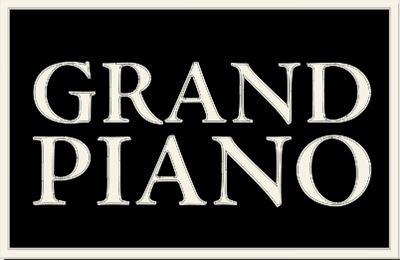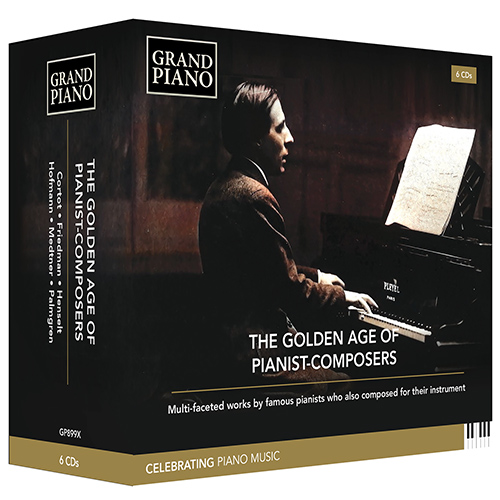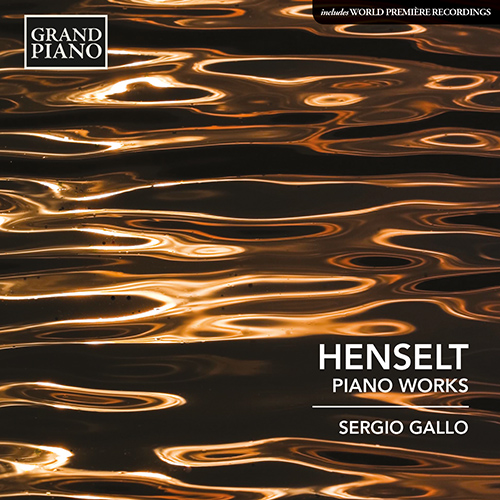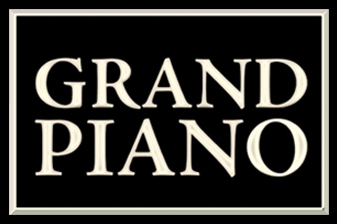
Johann Strauss I (1804 - 1849)
Of earlier humble Jewish ancestry, Johann Strauss was born in Vienna in 1804, the son of a tenant tavern-keeper, and, on the death of his father in 1816, was apprenticed to a bookbinder. This did not prevent him finding a place as a violinist in a dance orchestra under Michael Pamer and as a viola player in an ensemble started by Joseph Lanner. The ensemble developed from a quartet to a string orchestra, the increased popularity of which led first to Strauss leading a second Lanner orchestra and then, in 1825, to the establishment of his own dance orchestra. The year marked his marriage and the birth of his first son, another Johann, destined to achieve still more than his father over the course of the years.
Under the older Johann Strauss the dance orchestra flourished, winning immense popularity both at home and abroad. Strauss wrote a quantity of waltzes, polkas, marches, quadrilles and galops, composing new dances for social and public occasions, their origin often reflected in their titles.
He intended that his three sons should follow other professions, but in the end all three, under the compelling influence of the younger Johann Strauss, became involved in what had become the family business.
Three years before his death in 1849 Strauss had been divorced, and his increasing alienation from his own original family, and the birth, over the years, of seven illegitimate children to his mistress, gave the younger Johann Strauss the chance he needed to follow his father’s profession, against the latter’s will.




 Grand Piano has gained a reputation for producing high quality recordings of rare keyboard gems. Dedicated to the exploration of undiscovered piano repertoire, the label specialises in complete cycles of piano works by many lesser-known composers, whose output might otherwise have remained unknown and unrecorded.
Grand Piano has gained a reputation for producing high quality recordings of rare keyboard gems. Dedicated to the exploration of undiscovered piano repertoire, the label specialises in complete cycles of piano works by many lesser-known composers, whose output might otherwise have remained unknown and unrecorded.






